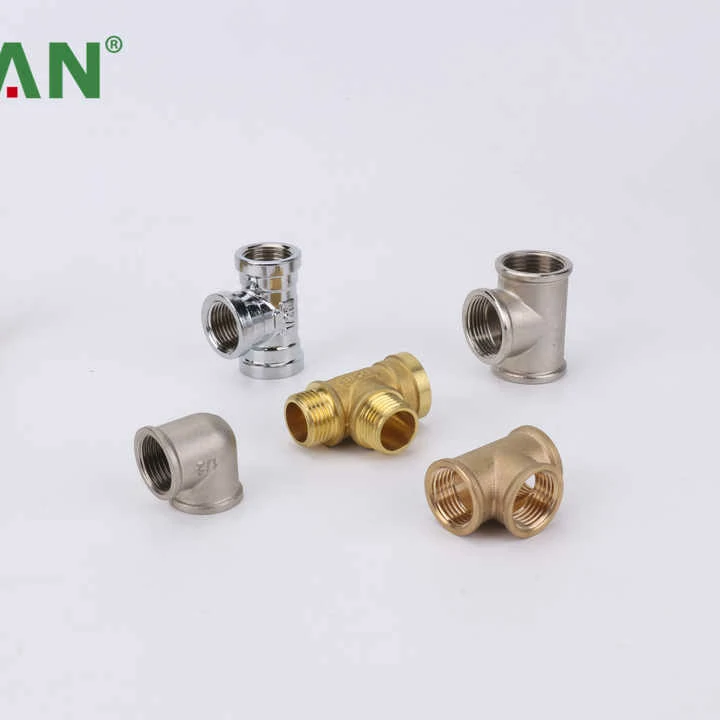Tensile Strength Compared to Steel
Brass fittings have 40–50% lower tensile strength than steel. A 2033 U.S. study showed brass fittings withstand 400 MPa, while steel handles 800 MPa.
Pressure Resistance in Hydraulic Systems
Brass fittings endure up to 60 MPa, suitable for most residential and commercial systems. Germany’s 2033 hydraulic report found brass fitting failed in only 2% of 50 MPa tests.
Impact Resistance
Brass fitting absorb 30% more impact energy than plastic but less than steel. Canada’s 2033 plumbing audit noted brass fittings survived 80% of drop tests, while plastic cracked in 50%.
Thread Durability
Brass fitting resist thread wear better than plastic but less than stainless steel. Japan’s 2033 manufacturing study showed brass threads lasted 10,000 cycles versus plastic’s 5,000.
Temperature Effects on Strength
Brass fitting maintain strength from -40°C to 200°C, outperforming plastic. Australia’s 2033 HVAC report documented brass fittings failing in only 1% of 150°C steam line tests.

Chemical Exposure and Degradation
Brass fitting resist corrosion better than steel but degrade in ammonia-rich environments. A 2033 EU chemical plant study found brass fitting lasted 5 years in chlorine lines, while steel corroded in 3.
Fatigue Resistance
Brass fitting withstand 50,000 stress cycles, more than plastic’s 20,000. Boeing’s 2033 aircraft study showed brass hydraulic fitting outperformed plastic in 90% of fatigue tests.
Cost vs. Strength Trade-Offs
Brass fitting cost 2x more than plastic but offer 3x the strength. South Korea’s 2033 plumbing report calculated brass systems saved $5,000 over 10 years versus plastic’s frequent replacements.

